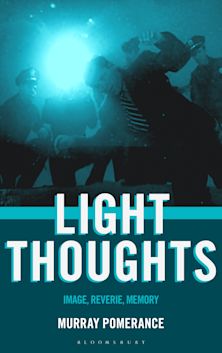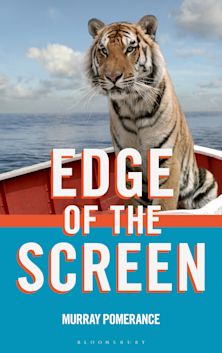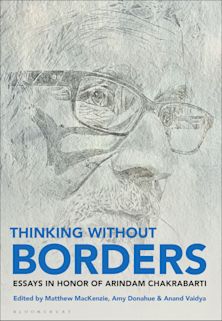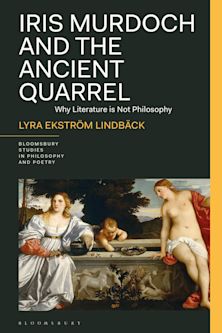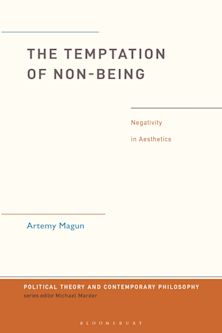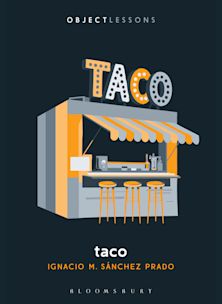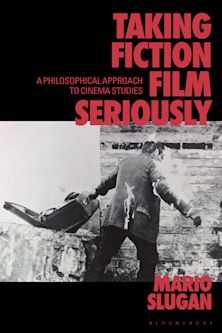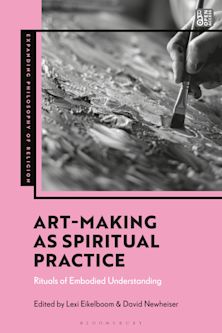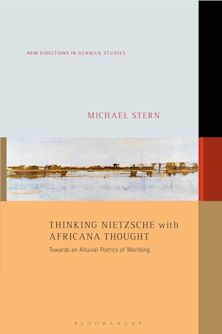Payment for this pre-order will be taken when the item becomes available
- Delivery and returns info
-
Free US delivery on orders $35 or over
Description
James Hyde, a practicing painter, presents a radical and historically detailed investigation into how the concept of pictorial space in art emerged.
Using primary documents and a selection of images, Hyde exposes what many will find surprising-that space only becomes part of the descriptive apparatus of art and architecture at the turn of the 20th century, not earlier. Remarkably, this is the first critical study of pictorial space as a historical construction. In this retelling of art history, Hyde presents it as a concept bound to historical circumstance, developing -often contentiously-in philosophy, mathematics and science, to finally become common in 20th century theorizations of art.
Hyde investigates and identifies the historical moments when space first enters discussions about art and how it originally developed in religion, philosophy, mathematics and science. He shows that only after several key controversies were stabilized that space finally emerged as a topic for visual art at the turn of the 20th century. The stories of these debuts introduce Kant, Poincare and Panofsky, thinkers who provided theories of space that were taken up by artists. They reveal the creative and imaginative ideas that forged the belief that space is essential to understanding art.
The ease of applying space to almost any context makes space prevalent today. It is unexamined faith, rather than a clear-eyed understanding of its historical construction that currently anchors space within the discourse of art. Hyde's original reading of what has become a broad, catch-all concept provides a reconsideration of the foundations of the history and philosophy of visual art.
Table of Contents
Acknowledgements
Preface
Introduction
PART I: AN ART HISTORY WITHOUT SPACE: THE 13TH CENTURY
1. NARRATIVES FOR THE 13TH CENTURY
2. THE SAINT OF SPECTACLE
3. CHRISTIAN PICTURES AND SAN FRANCESCO
4. PAINTING FROM SAN FRANCESCO TO THE NAVICELLA
PART II: A HISTORY OF ART WITHOUT SPACE: ALBERTI AND LEONARDO'S CONSTRUCTION OF PERSPECTIVE
5. THE CLASSICAL MODEL OF VITRUVIUS
6. DE PICTURA AND EARLY PERSPECTIVE
7. THE PROLIFIC IMAGINATION OF LEONARDO
PART III: SPACE IN PHILOSOPHY, RELIGION AND SCIENCE67
8. THE PLACE OF ARISTOTLE
9. THE DECENTERING OF PLACE
10. THE BECOMING OF SPACE
11. SPACE ASSUMES ITS MODERN FORM: LOCKE, NEWTON, LEIBNIZ AND KANT
PART IV: THE EMERGENCE OF PICTORIAL SPACE
12. PAINTING: STUDIES AND DIALOGUE
13. THE GERMAN FOUNDING OF ART HISTORY
PART V: AGE OF SPACE
14. CALCULATING CUBISM AND SPACE
15. THE MODERNIST INSTITUTION OF SPACE
16. SPACE-THE CREATIVE PHASE
17. PAINTING EXTENDS TO “REAL SPACE”
18. THE LAST HURRAH OF SPACE
AFTERWORD
Bibliography
Index
Product details

| Published | Mar 19 2026 |
|---|---|
| Format | Hardback |
| Edition | 1st |
| Extent | 328 |
| ISBN | 9781350253667 |
| Imprint | Bloomsbury Academic |
| Illustrations | 40 bw illus |
| Dimensions | 9 x 6 inches |
| Series | Aesthetics and Contemporary Art |
| Publisher | Bloomsbury Publishing |













